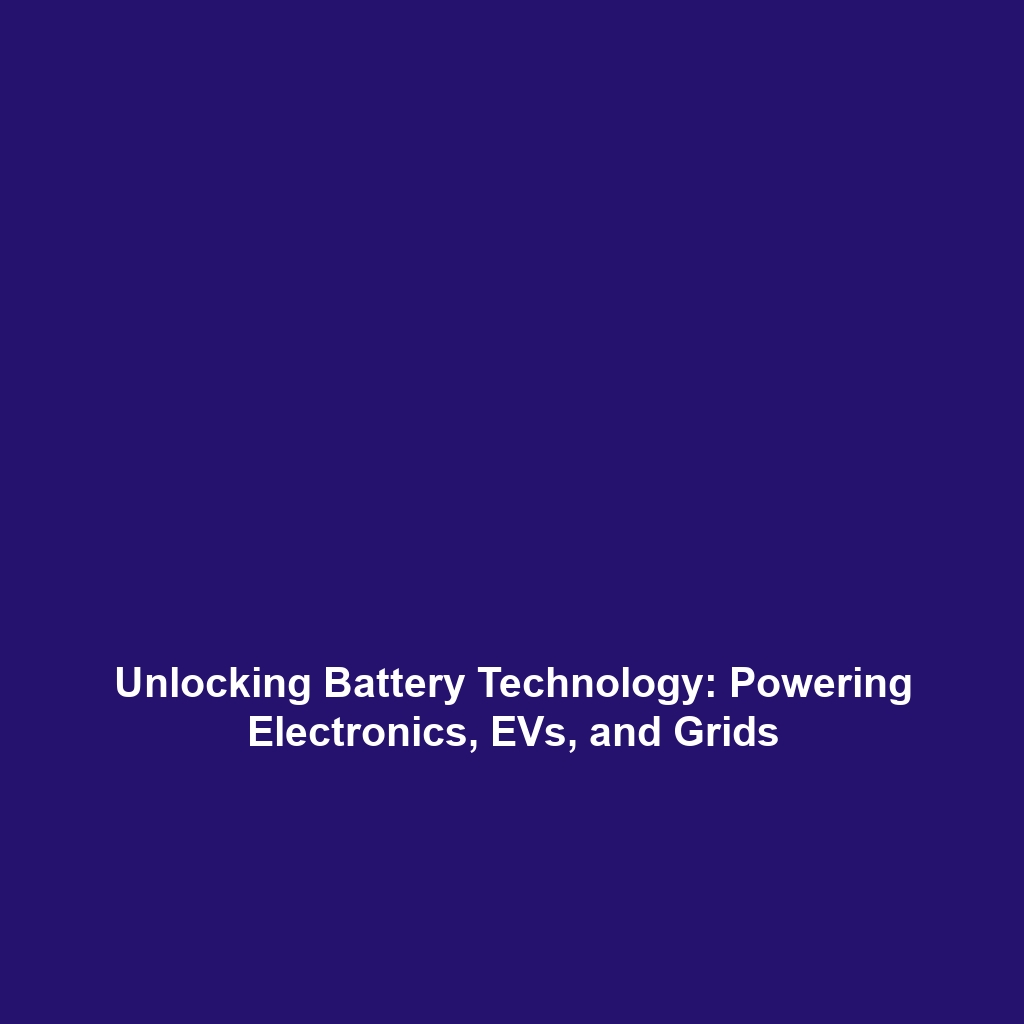Advances in Drone Battery Life, Range, and Payload Capacities
Introduction
Advances in drone battery life, range, and payload capacities are pivotal in reshaping the landscape of scientific research and applications. As the demand for effective unmanned aerial vehicles (UAVs) surges across various fields, understanding these advancements becomes crucial. Enhanced battery life enables longer flight durations, while increased range facilitates extensive data collection over vast areas. Improved payload capacities allow drones to carry advanced sensors and tools, making them invaluable in scientific investigations. This article delves into these critical advancements within the broader context of Drones in Science.
Key Concepts
The advancements in drone battery life, range, and payload capacities are grounded in several key concepts essential for the progress of Drones in Science.
- Battery Technology: Innovations in lithium polymer and solid-state batteries have significantly increased energy density, leading to longer flight times.
- Range Enhancement: Integration of advanced navigation systems and communication technology, such as 5G, extends the operational range of drones.
- Payload Optimization: Developments in lightweight materials and modular designs allow drones to carry heavier and more complex equipment without sacrificing flight performance.
Applications and Real-World Uses
The improvements in drone battery life, range, and payload capacities have opened numerous opportunities in various scientific fields. Here are some significant applications demonstrating how these advancements are utilized in Drones in Science:
- Agricultural Monitoring: Drones with enhanced battery life can conduct extended aerial surveys of crops, collecting vital data for precision farming.
- Environmental Research: With improved payload capacities, drones can carry sophisticated sensors to monitor wildlife, track pollution levels, and study ecosystem changes.
- Disaster Management: Drones equipped with high-capacity batteries and long-range capabilities can assist in search and rescue operations by surveying large disaster-affected areas effectively.
Current Challenges
Despite significant advancements, several challenges remain in fully harnessing the benefits of improved drone technology within the context of Drones in Science. The following are some key issues:
- Battery Limitations: Even with advancements, battery technology still faces limitations regarding charging times and thermal safety.
- Regulatory Barriers: Regulatory frameworks may not keep pace with technological advancements, limiting operational flexibility.
- Data Management: As drones collect larger volumes of data, the challenge of data storage and analysis becomes more pronounced.
Future Research and Innovations
Future innovations in drone battery life, range, and payload capacities promise to revolutionize the field of Drones in Science. Emerging trends include:
- Hybrid Energy Sources: Research into solar-assisted drones aims to significantly extend flight times without the need for heavy batteries.
- Autonomous Operations: Innovations in artificial intelligence will allow for more intelligent flight paths and data collection, enhancing operational efficiency.
- Swarming Technology: Future research might lead to swarming capabilities where multiple drones can work collaboratively for a single mission.
Conclusion
Advances in drone battery life, range, and payload capacities are crucial for enhancing the effectiveness of Drones in Science. These improvements facilitate significant scientific applications ranging from agricultural monitoring to environmental research. As researchers strive to overcome existing challenges and explore future innovations, the potential for drones continues to expand. For more information on drones and their applications in various scientific fields, visit our resource page for further insights.









